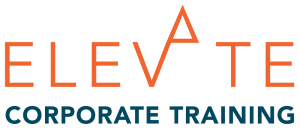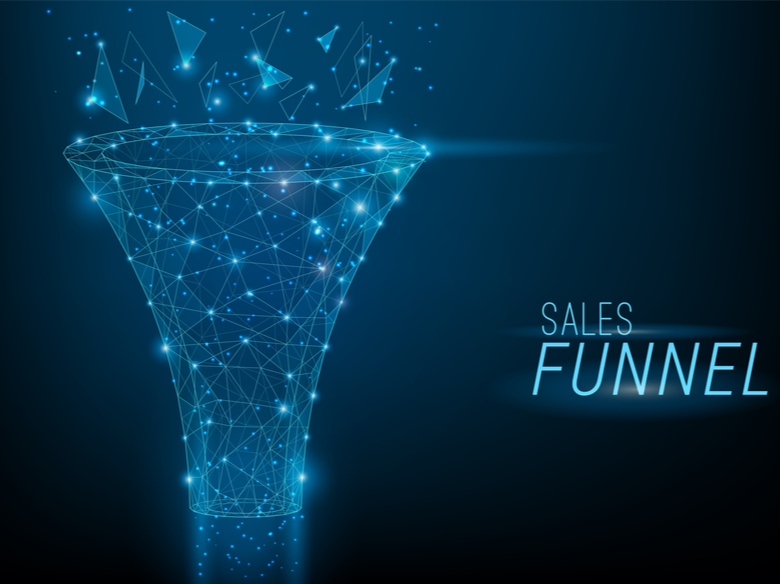In its most basic form, the job of a salesperson is simple. You’ve got two ways to be successful.
- Go out and find more qualified leads to get them into the sales pipeline
- Move deals down through the funnel
It sounds simple but we know, in reality, it’s not that easy. To be successful, you have to do both well to hit targets and make budgets. There’s a lot more to it.
Let’s take a look at the traditional sales funnel and then show you a slightly different way to approach the sales process.
The Traditional Sales Funnel
The traditional AIDA sales funnel is a classic hierarchy of effects model applied to the sales process. You’ve probably seen it and used it. Believe it or not, it was developed in 1898 by an American adman named Elias St. Elmo Lewis. It’s been adopted and used in some form or fashion by sales professionals for more than a century as they created a sales proposal.
- Awareness
- Interest
- Desire
- Action
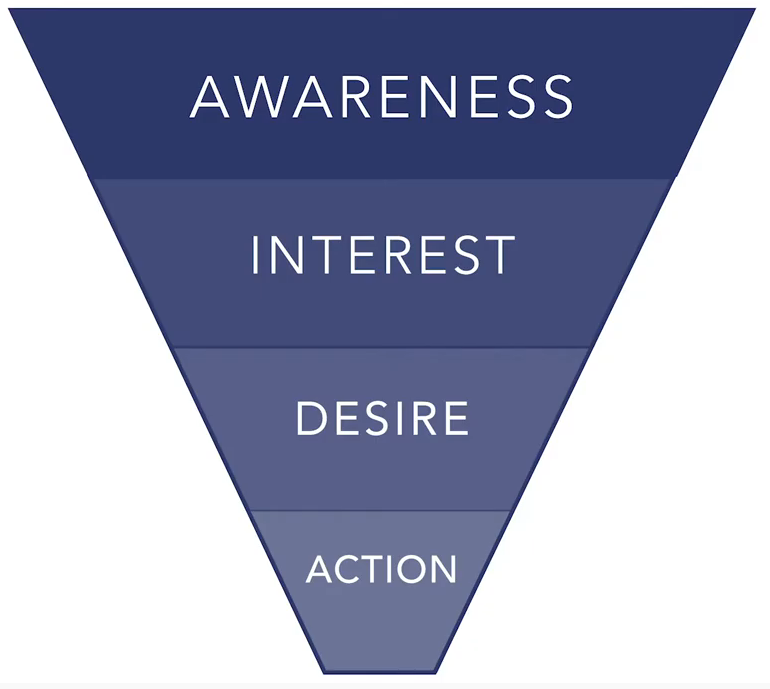
In the Awareness phase, a potential customer is aware of the existence of your company, product, or service. The Interest phase begins when the prospect expresses an interest in what you have to offer. Desire is when they start to want the product or service and Action takes place when a conversion occurs.
Often, this conversion is getting them to reach out to salespeople, fill out a form, or request more information. Then, the sales process begins in earnest.
It’s a tried and tested formula, but it’s been made more complicated by the way sales is changing (and keeps changing).
The Sales Process Has Fundamentally Changed
We’re all walking around with computers in our pockets. We can research nearly anything we’re interested in at any time and in any place. Customers are more educated about what they are interested in. The majority do online research before allowing you an audience. They use more channels to shop.
They also want a personalised approach to the sales process. For the majority, the experience they have – and their belief you have provided a customised solution to their problem – is significantly more important than price. 80% of B2B buyers report their purchasing decisions were based on direct or indirect experience during the sales process. Only 20% said they based their decision about your business proposal on pricing.
“The days of pushing a product from the first point of contact right through to closing the deal are over,” says Cameron Elliot, Founder & Consultant at Elevate Corporate Training.
You need a different set of skills these days. It’s no longer enough to know the product inside and out. You need to be:
- A great listener
- A solutions provider
- A storyteller
- A multichannel expert
- A 24/7 advisor
- A trusted expert
- A partner
Your bigger picture goal isn’t just to close deals with your sales proposal but to create partners. Here’s why:
“The most effective sales funnel is the one your customers never leave,” explains Elliot.
It’s not as sinister as it sounds. It means you are taking care of your customers so well they want to stick around. You’re happy to have them because it provides consistency in your business. They can provide valuable feedback and referrals.
The New Sales Funnel
A different way to look at the sales funnel is to think of your activities as building a foundation for that partnership. Elliot puts it this way:
- Plan
- Engage
- Partner
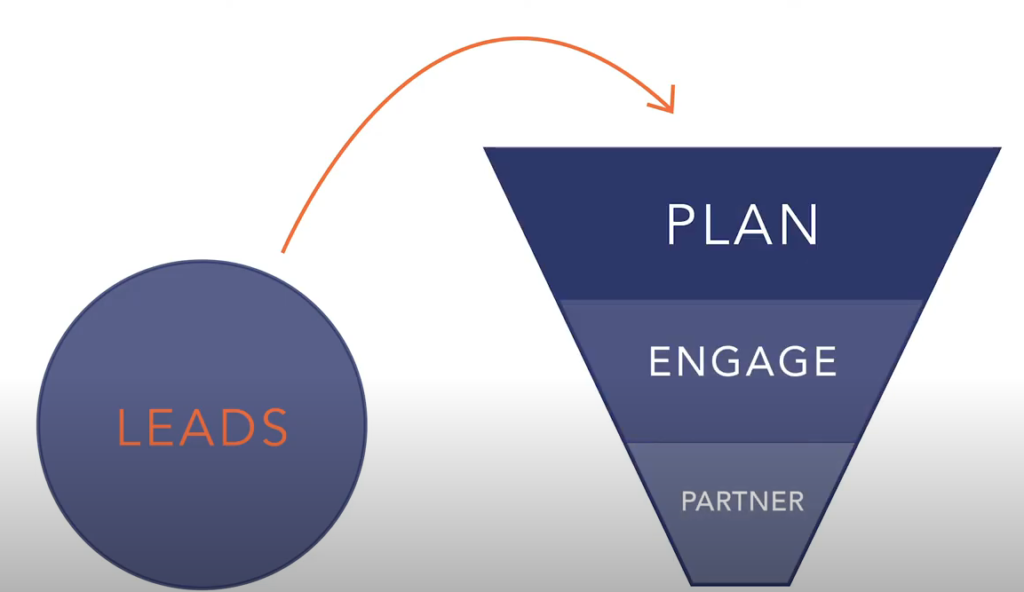
Plan
The planning stage means doing the preparation and research to find and acquire quality leads. This means being strategic about who is a good fit for your solutions. They also must have a need for your product and the ability to purchase.
Engage
During the engage phase, you’re spending time building trust. Without it, the prospect isn’t going anywhere near the end of the funnel.
“Trust is harder to earn these days but the return is higher so it’s worth the effort,” said Elliot.
Before you’re selling your product or service, you’re first selling yourself. You have to prove to potential clients that you understand their business and business needs. Take the time to find out the problems they are having. Show you care about adding value and solving their problems and you’re not just peddling a product or service. Only then can you demonstrate how you can solve their problems with your business proposal.
Avoid presenting your offer until you’ve earned that trust, demonstrated you understand their problems, and can present a viable solution. In the new sales funnel, it comes later in the process – after you’ve developed that trust.
You must lay the crucial groundwork to keep a potential client moving through the funnel. Many salespeople rush this process. That doesn’t work anymore.
Partner
In the traditional funnel, the bottom is when you close the deal. In the new sales funnel, what happens after you close the deal is crucial. This is an often-overlooked skill and a great area for sales training.
But first… Congratulations! Celebrate your success at closing the deal. Then make sure you recognise that this new customer is incredibly valuable. Don’t let them slip away once the sale has been made.
“What’s better than a customer?” asks Elliot. “A repeat customer.”
The probability of selling to a new customer is between 5-20%. The probability of selling to an existing customer is 60-70%. If you want to improve your closing ratio, nurture your current clients, and find additional ways you can help them. You’ve already earned their trust.
Existing customers spend more and spend more often. They are 50% more likely to try new products (compared to new customers). When they do buy, they spend 31% more on average. This builds lifetime value. Each new sale to an existing customer strengthens the relationship and makes it that much more difficult for a competitor to win deals or take business away from you. This loyalty pays dividends.
As with any new skill or tactic, experience counts. You need to practice it to be proficient. Sales training can help. Role-playing and brainstorming with your colleagues can help, too. The best salespeople know that they must be more prepared than ever, create a more engaging sales process, and build partnerships.
Plan. Engage. Partner.
